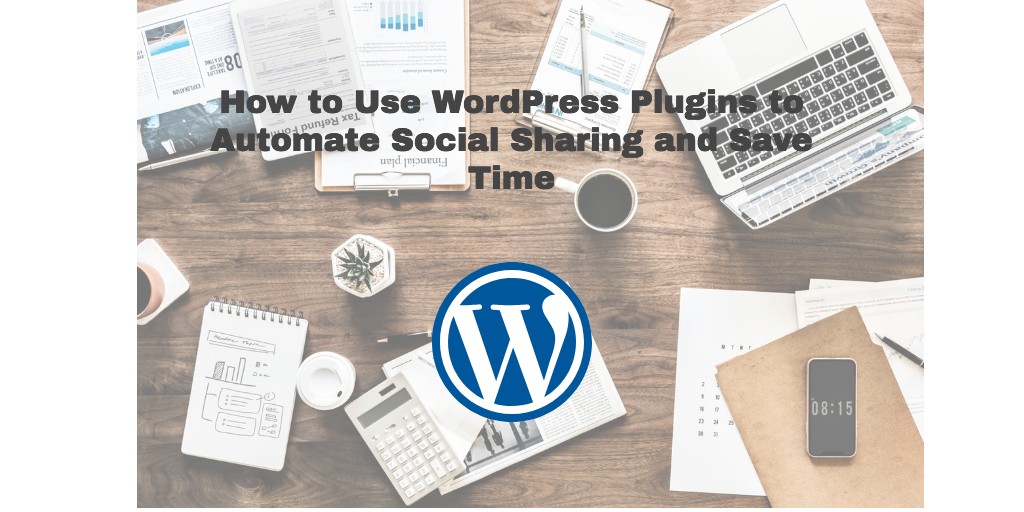
Who has the time and energy to tweet every few minutes?
Or remember to post on Facebook at the optimal times?
Nobody.
Well, maybe a few phone-obsessed tweens.
You certainly don’t have the time if you run a business or blog.
But, there’s no getting around social sharing.
73% of U.S. adults use YouTube, and 68% use Facebook.
And that’s not to mention the other platforms that are growing year after year.
Social media has a vast reach.
And should, therefore, be an integral part of your marketing strategy.
So, what do you do to ensure social media success?
The only solution is to automate social sharing.
Over half of B2B organizations now use automation technology.
And 37% plan to implement it.
There’s no denying that it’s the way forward.
Share Only Your Very Best Content
You shouldn’t be sitting around, wondering what to share each day.
Then just choosing at random.
The content you share on social media should be your very best.
Why?
People are seeking out more substantial content on social media.
This is evident in Facebook’s most recent algorithm update.
Mark Zuckerberg says the algorithm will boost posts that “encourage meaningful interactions between people.”
In other words, to rank well on Facebook, you will now need to post content that encourages reactions and interactions on the platform.
Don’t waste your time sharing mediocre content.
What is the best content to share?
Start with your most popular posts.
To work out which of your posts have performed best on social media, use a tool such as BuzzSumo.
Input your site under the “Most Shared” tab.
And it will display the posts with the most shares.
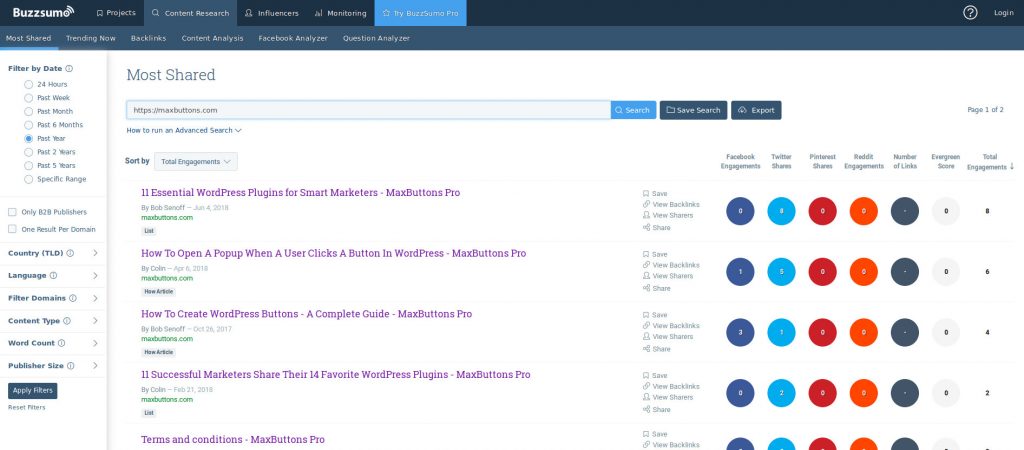
You can even see the results for which posts perform best on each platform.
Now you know which posts to share on which platforms if you want to get the most reshares.
It’s not just about shares, though.
You want clicks, too.
So, you’ll also want to share content that gets the most clicks.
For this, you can use a tool such as Hootsuite.
In the analytics section, you’ll be able to get a report which shows posts with the most clicks.
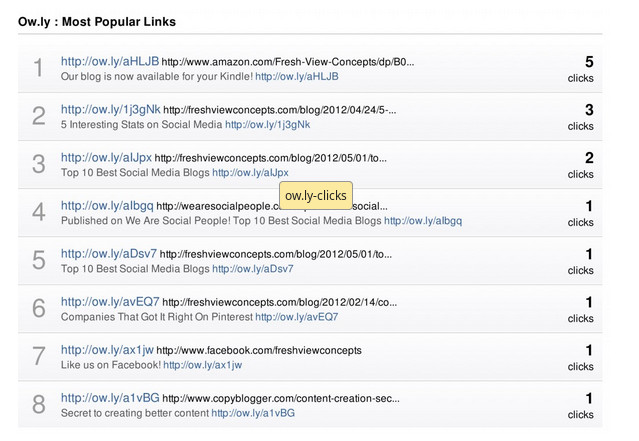
This shows you which posts to share to get the most clicks.
There’s also the posts that converted the most.
You can find these in Google Analytics.
Head to the “Reverse Goal Path” report.
Set your goal to newsletter subscribers (if that is what you class as a conversion).
Then add an advanced filter, to show only blog posts.
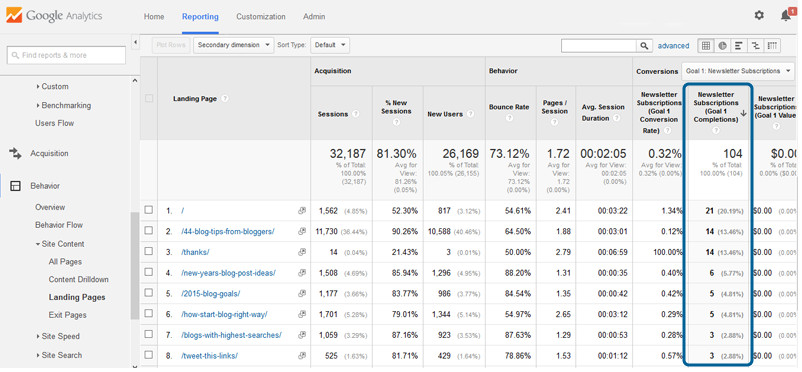
Here you can see which of your posts resulted in the most subscriptions.
And share those posts to increase conversions.
You will know which of your posts get the most shares, clicks, or conversions.
Then you can create a steady rotation of posts that will encourage engagement.
And essentially set and forget your rotation through automation.
Remember to share content that’s simply the best.
Better than all the rest.
Yes, that is a Tina Turner reference.
Optimize the Timings of Your Posts
There have been a ton of studies on the best time to post on social media.
It’s important here.
There’s no thinking, “Oh expletive! It’s 5 o’clock. I must tweet.”
Because with automation, you can easily set your posts to go out at the optimal times.
And why wouldn’t you want to post at optimal times?
It’s when you’re likely to get the most engagement.
Sprout Social released data on when their 20,000+ customers see the most engagement.
Let’s take a look at the results for each platform.
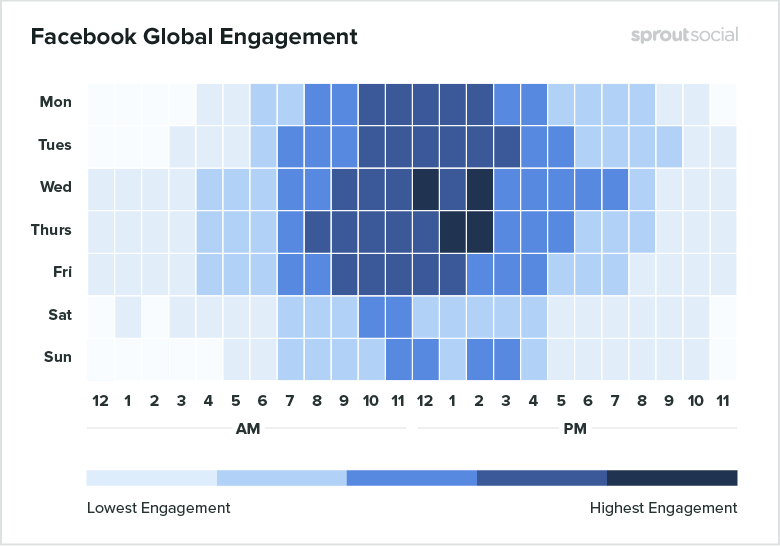
The best day to post on Facebook is Thursday.
But you’re going to see high engagement if you post between the late morning and early afternoon on weekdays.
People don’t seem to engage as many early mornings or in the evenings.
Which is surprising, because you would think people would more likely be on Facebook in the evening, i.e., when they’ve finished work.
Saturdays have the least engagement overall, so you don’t have to worry about posting them.
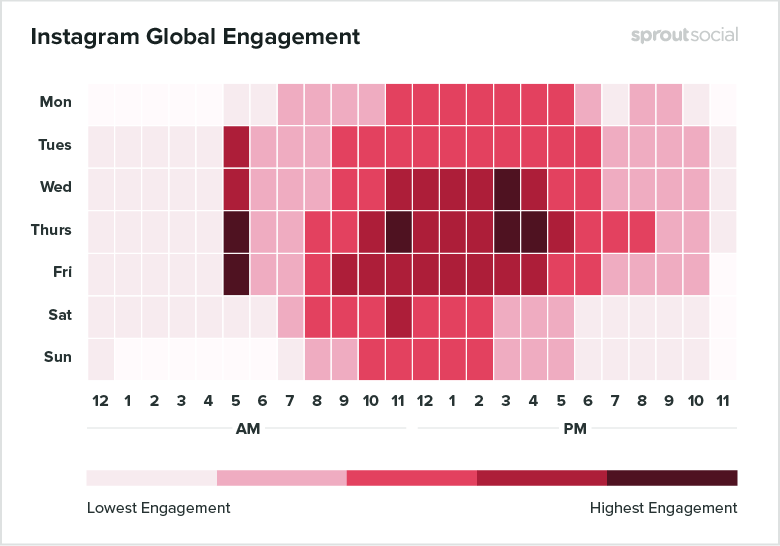
Moments of high engagement seem to be a little more dotted around for Instagram.
But there are time slots you should try out if you’re looking to increase engagement.
As in Wednesday at 3 p.m., Thursday at 5 a.m., 11 a.m., and 3 to 4 p.m. and Friday at 5 a.m.
In general, Wednesday through Friday from 9 a.m. to 6 p.m. seems to be a good time to post on Insta.
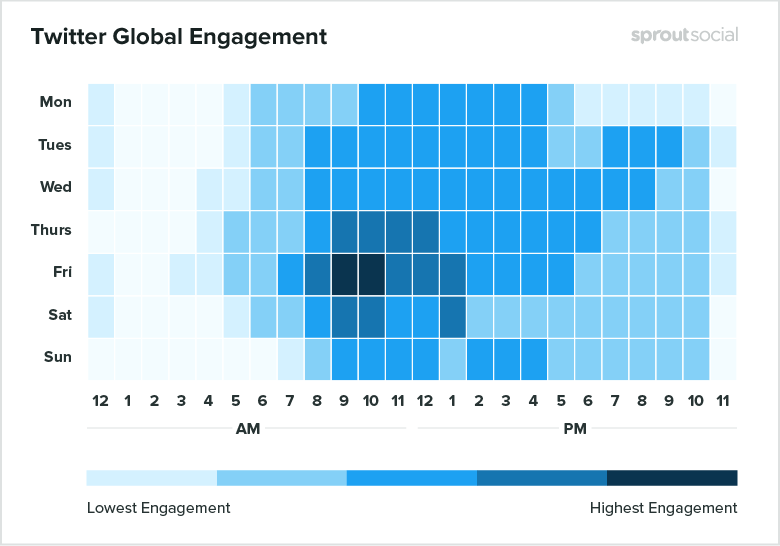
People are more likely to engage on Twitter towards the end of the week, so Thursday through Saturday.
The ultimate time to post on Twitter is Friday 9 to 10 a.m.
If you post on Sunday mornings, you’ll be wasting your time.
But generally, there’s steady engagement to be had throughout the entire week from 8 a.m. until the evening.
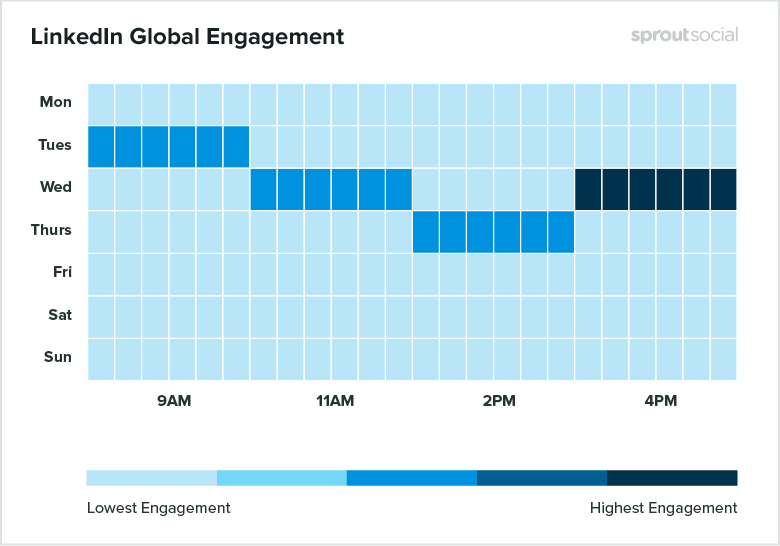
Engagement on LinkedIn doesn’t seem to be very regular or in strong supply.
But if you want to have an impact, then the best day to post is Wednesday.
And in particular 3 to 5 p.m.
Unless you’re a robot, you’re not going to remember all of that straight away.
So, you may need to come back to this data and use it as a guide.
Set your posts to go out at these optimal times automatically and you’re likely to see increased engagement.
If not, take a look at your analytics.
See when your posts get the most engagement.
And use those times when you automate your posts.
Beginner? Use These Basic Plugins
You may be thinking.
“I’m not great with tech. I don’t know about this automation stuff.”
But the truth is, even if you’re just starting out you can automate social sharing.
As long as you have the right plugins.
Why automate?
Well, 66% of B2B organizations cite higher-quality leads as one of their top three reasons for implementing marketing automation.
Automation means greater efficiency, which is no doubt why lead quality is better.
Rebekah Carter at Sprout Social says,
“The idea is that by handing some of the more repetitive tasks in your social strategy over to a bot, you have more time to strengthen and grow your business. For instance, if certain posts are scheduled throughout the week, you have more time to respond to customer queries or publish information that your customers really want see.”
Now, I bet you’re itching to learn more about these plugins…
1. Jetpack
This is one of those essential plugins that everybody with a WordPress site should have.
Jetpack does many things.
This includes site security and design customization.
But what we’re interested in is automation.
Jetpack’s Publicize feature now lets you schedule social media posts in advance.
Start by connecting your social media accounts.
Then click “share” underneath any one of your posts.
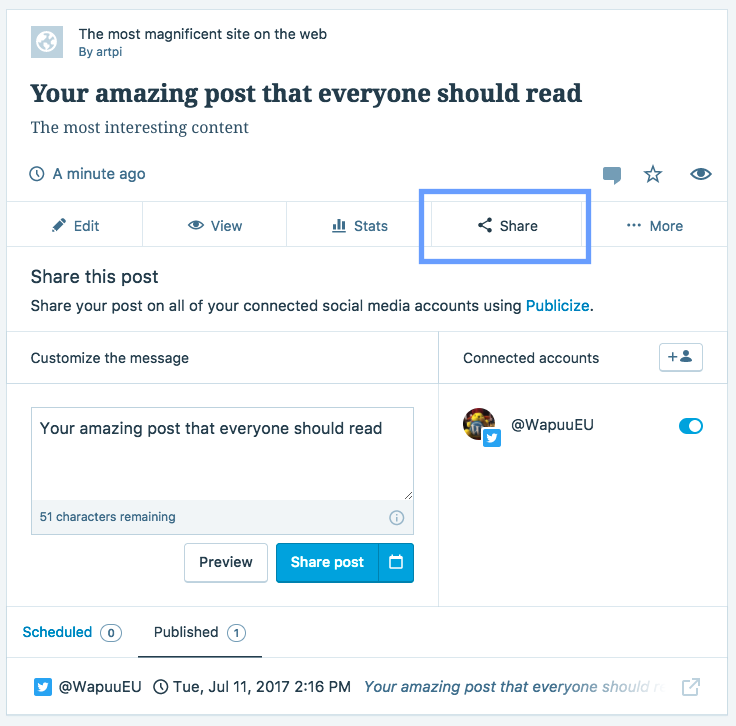
From there you can set the date and time of your post.
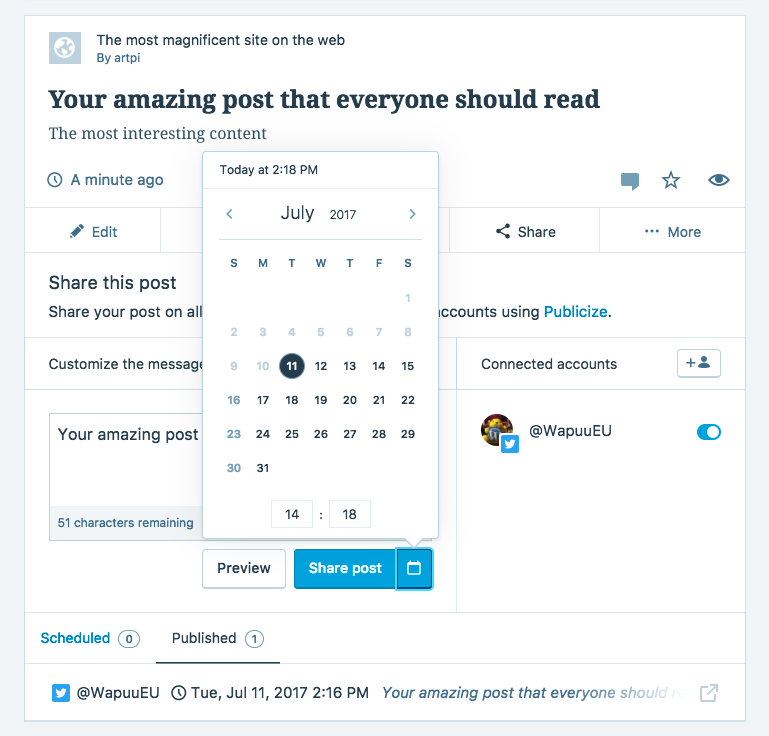
And you can go back and schedule a share for posts you’ve already shared previously.
Now, that’s not too difficult, huh?
2. WP to Twitter
WP to Twitter is only for one social platform.
But Twitter has a substantial reach.
Around a quarter of U.S. adults use it.
So, it’s an excellent place to start with automation.
WP to Twitter has a range of features.
This includes the ability to schedule and manage tweets.
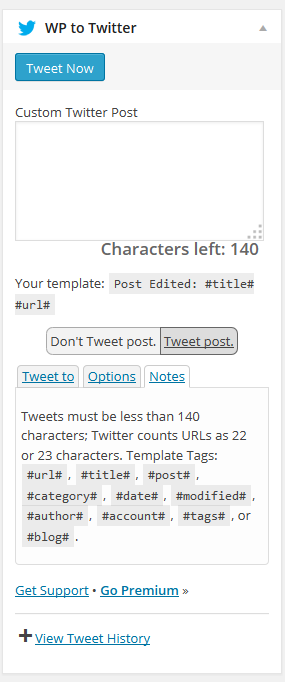
Plus, automatically schedule tweets of old posts.
And automatically have character tags become hashtags.
Hence, there are a few elements that will speed up social sharing.
3. OnlyWire
The free version of OnlyWire allows you to connect four social profiles.
The Pro version allows you to connect 40.
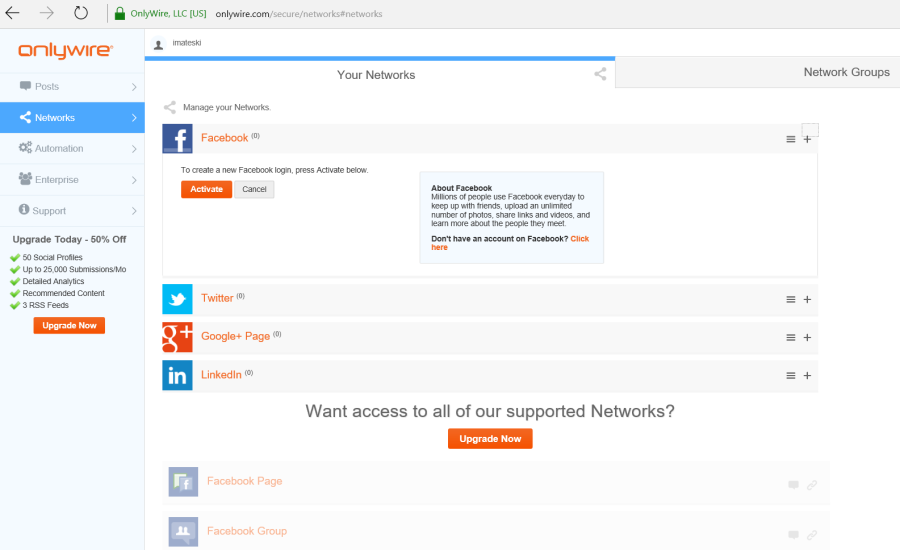
The way OnlyWire works is very simple.
Whenever you publish a blog post on WordPress, your connected social profiles automatically share.
So, you don’t have to remember to take care of social shares every time you post.
4. Revive Old Posts
This plugin was formerly known as Tweet Old Posts.
But now the Pro version lets you integrate multiple social accounts, such as Facebook, Tumblr, LinkedIn, etc.
So, Revive Old Posts makes more sense.
This plugin shares old and new posts on social media for you.
You can schedule posts to be released at intervals.
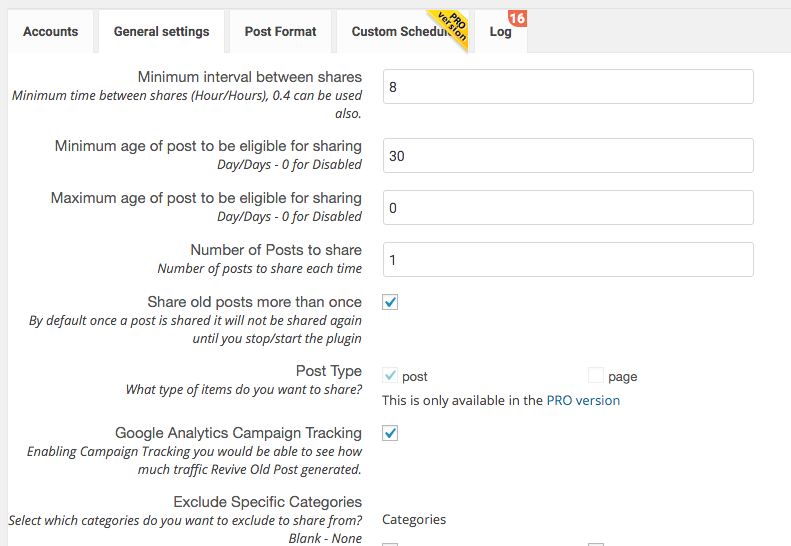
And customize the number of posts you would like to share.
5. SNAP
The best thing about SNAP is that it integrates with 27 social profiles.
Though, for some, you will need a Pro account to connect them.
You can add filters in settings to share only posts with specific tags for example.
It re-posts old blog posts automatically.
Plus, it combines with URL shorteners such as bit.ly.
Overall, SNAP is pretty darn comprehensive.
6. MaxButtons
This plugin helps you manage large sets of share and call to action buttons.
There are 1000s of buttons to choose from in different styles.
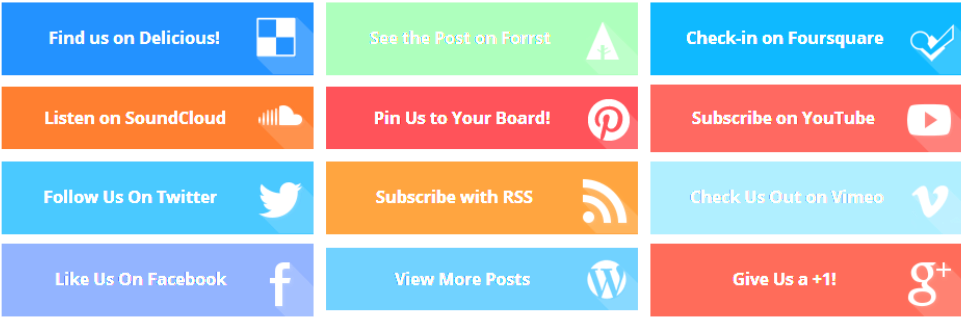
Plus, you can automatically track clicks as MaxButtons integrates with Google Analytics.
The plugin makes social sharing a lot easier.
Now, these are some simple yet effective WordPress plugins.
But let’s say you want to take your automated social sharing to the next level.
More Advanced? Use Buffer
Buffer is the pro way to automate social sharing.
Where’s the proof?
According to its homepage, over four million marketers use Buffer.
Along with big names such as Shopify and Dotdash (formerly about.com).
And one big name brand has had particular success with Buffer.
Business Insider grew its Facebook page to over one million using Buffer.
Since automating with the app, Paul Szoldra, West Coast Editor, says,
“The workflow has been considerably better from the standpoint of always having content ready to go. Plus our engagement on Facebook has been way better, too, because now we’re posting way more.”
To get started, you will first need a Buffer account.
Then you’ll want to download the plugin WP to Buffer.
It starts getting a little tricky here because you’ll need to link the plugin to your Buffer account.
That’s why this plugin is for more advanced users.
The first step is grabbing your callback URL from the plugin.
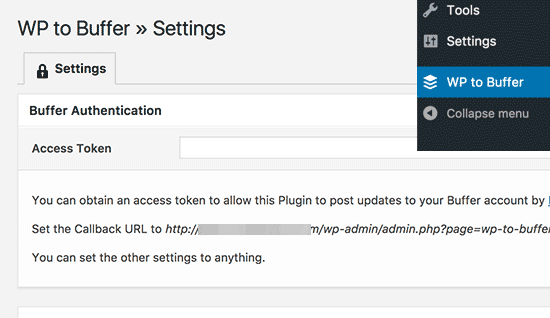
Then head over to the Buffer Developers site and click “Create an App.”
Enter your callback URL into the form and click “Create Application.”
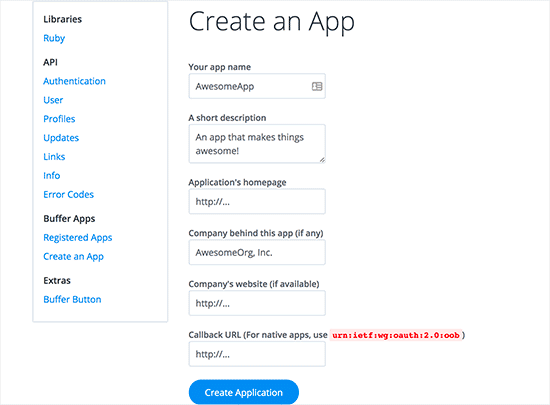
Buffer will now create your app and give you an access token.

Copy and paste this token into the WP to Buffer plugin settings page.
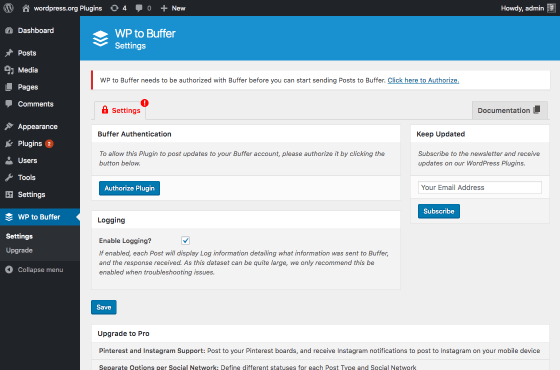
Now your WordPress account is connected to your Buffer account.
Yay!
Within the plugin, you’ll have two new tabs.
Head over to the “Posts” tab, and you will see your connected social media accounts.
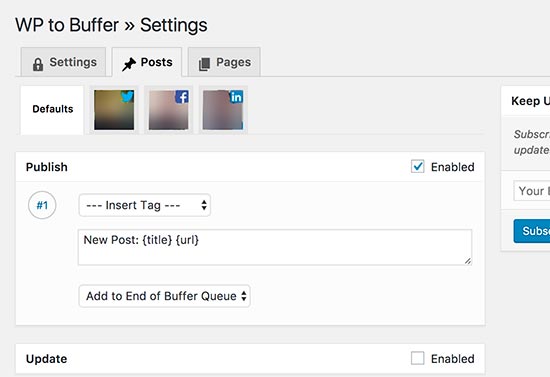
Here, you can configure how you want to share your posts.
In the above image, you can see the URL is included.
This means that Facebook will automatically grab the title, description, and image of the post.
When you enable the plugin for each of your social accounts, it will add posts to your Buffer queue every time you hit publish.
And Buffer will automatically share these posts.
This means you don’t have to transfer all of the information to Buffer manually.
You simply have WordPress and Buffer working in unison to save you time.
Conclusion
You might not be a tween who has their phone glued to their hand.
Tweeting and Snapchatting every few minutes.
But you don’t need to have that kind of dedication when you have automation.
To automate successfully, you must begin by gathering your top-performing content.
You also need to know the best times to post that content in order to get the most engagement.
Once you have that down, you can use WordPress plugins to automate social sharing.
Even if you’re a beginner.
Examples of which are: Jetpack, WP to Twitter, OnlyWire, Revive Old Posts, SNAP, and MaxButtons.
And for the more advanced bunch, Buffer is the way to go.
It’s the most well-known app among marketers for automating social media.
Now it’s over to you.
It’s time to look at your analytics and start compiling your best content.